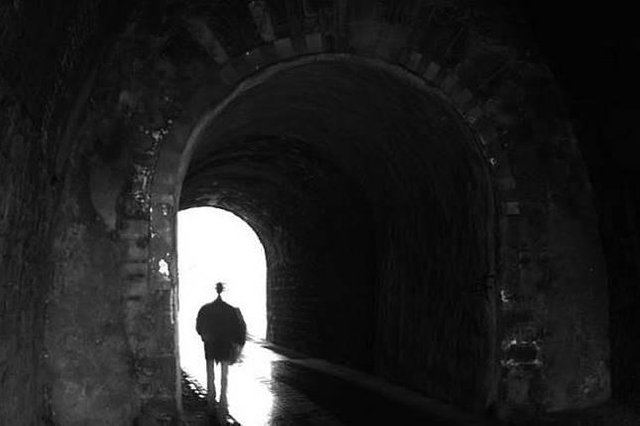
Not everyone can experience suspended animation. Standing on the threshold of life and death is an experience that is second to none. Often, suspended animation resonates with a feeling of peace, bright light, and a soul that is cut off from the body. A new study on chronology of suspended death found that not everyone experienced the same sequence of steps, which could help to exclude the complex relationship between neurology and culture on the threshold of his life. The study, conducted by Belgian researchers, is based on 154 responses from survey respondents and narratives collected through the International Association for Near-Death Studies and the Coma Science Group. Respondents were selected using a Greyson NDE scale, a metric developed by Bruce Greyson-US psychologist. This scale is designed to provide structure and consistency in evaluating the experiences that the patient remembers when experiencing cardiac arrest. The term Death Experience (NDE) or suspended animation appeared in 1975 when a psychologist named Raymond Moody used it to describe what he called 'to look at another world'. Now, the death story is almost a cliche. Bright lights, tunnels, and positive emotions have become commonplace on the subject of suspended animation. This stage is also regarded as a brief description of life after death. Studying this phenomenon is both interesting and complex. This is due to the difficulty of separating cultural biases from neurological processes and ethical challenges in recording critical physiological data. What's worse, this field of research is almost related to the research 'abal-abal' that often appears. Thus, it is difficult to know where the brain's performance will end and pseudoscience-a feint that is considered scientific-begins. From the whole study of suspended animation, about 4-15% of the world's population has experienced the experience. In fact, some of them reported that the 'experience in the hereafter' does not have to go through a suspended animation. According to them, this is more related to the neurological response to stress than death itself. In fact, this is not the first study of suspended animation. Previously, a study by neurologist Sam Parnia found seven categories of memory during the NDE. Meanwhile, in a new study, researchers reveal specific observations that are remembered by the respondents and recorded the chronology of suspended animation. This study was also published in Frontiers in Human Neuroscience. "Our research objective is to investigate the frequency distribution of these features, both globally and narratively, and the most frequently reported order of temporality from distinctly differentiated experiences," said Charlotte Martial, a researcher at the University of Liège. Of all respondents, 80% felt the peace, 69% saw bright light, and 64% met other 'figures'. Only 5% felt 'fast thinking' and 4% described the so-called precognitive vision-future vision. In terms of chronology, 22% of respondents claimed to have experienced the separation of spirit from the body, followed by down the tunnel, seeing bright lights, and feeling the peace. A third of them experience the sensation of separation of spirits and eventually return to the body. "This suggests that dormitory appears to be preceded by the separation of spirit from the body, and ends when the spirit returns into the body," said Martial. There are many things to consider in this kind of research. Respondents are selected on their own accord. Respondents who are less comfortable to share their experiences were not included in the survey. In addition, all respondents use French. That means, it is difficult to know how much influence the cultural background has on their experience. If such research is widely replicated in other populations, it can help to highlight aspects of the usual suspect phenomenon around us. "Further research is needed to explore the differences and levels of respondent experience related to their cultural expectations and background. The neurophysiological mechanisms underlying near-death experience also need to be investigated, "explains Martial. This article has already been published before in National Geographic Indonesia with the title: What Happens When Someone Dies apparent?
Authors get paid when people like you upvote their post.
If you enjoyed what you read here, create your account today and start earning FREE STEEM!
If you enjoyed what you read here, create your account today and start earning FREE STEEM!
New Followers get 0.001 SBD$ and an upvote for free!!
Just follow @steemvote and...
Downvoting a post can decrease pending rewards and make it less visible. Common reasons:
Submit